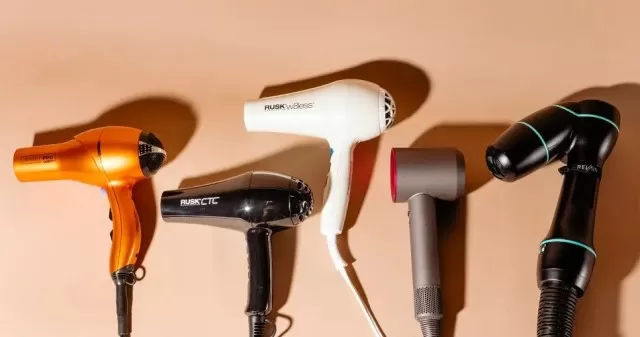To address this, it’s essential to clean the filter regularly, and a cotton swab is an excellent choice for this task.
Automobile Interior Refinement

Within the confines of your automobile, there exists a multitude of confined spaces that serve as magnets for the collection of undesirable debris, including dirt, dust, stray hairs, and even those occasional rogue French fries.
Once you’ve completed the initial interior cleaning of your car, consider the inclusion of cotton swabs for that finishing touch, akin to the precision of a professional detailer. These unassuming tools are particularly adept at addressing specific areas such as knobs, vent slats, and the tight, often overlooked nooks within the console and side pockets.
By employing cotton swabs for these detailed cleaning tasks, you can elevate the overall cleanliness and aesthetics of your car’s interior, making it a more pleasant and inviting space for your journeys.
Additionally, it’s worth noting that diligent car interior care not only enhances the visual appeal but also contributes to a more comfortable and enjoyable driving experience, while also preserving the long-term value of your vehicle.
Vent Cleaning
The utility of cotton swabs extends beyond the realm of automotive detailing, making them an indispensable tool for maintaining various venting systems.
While they prove particularly handy for cleaning car vents, their versatility extends to virtually any ventilation system, from air conditioners to radiators. Whether it’s the vents in your home, office, or automobile, cotton swabs can be employed to effectively remove the accumulation of dust, dirt, and other particles that often clog these airflow passages. Regular vent cleaning not only enhances Air Quality but also ensures the optimal performance and longevity of these systems, making cotton swabs a valuable addition to your maintenance toolkit for a cleaner and healthier living and working environment.
Window Tracks and Sills

Window sills and tracks, whether on windows or sliding glass doors, are prone to the accumulation of dirt, dust, and various outdoor particles, often hiding in tight corners and crevices.
To address these challenging spots and maintain the cleanliness of your window fixtures, consider employing a cotton swab. This versatile tool proves highly effective at lifting dirt from those hard-to-reach corners and can be instrumental in cleaning around locking mechanisms, ensuring your windows not only look their best but also function smoothly.
Furthermore, keeping your window tracks and sills clean not only enhances the aesthetic appeal of your living spaces but also prevents potential issues like drafts and moisture infiltration.
Medicine Cabinets and Vanity Drawers
Medicine cabinets and vanity drawers are common storage areas that tend to accumulate dirt, dust, and residues from personal care products like makeup or dry shampoo.
Over time, these spaces develop tracks, tight corners, and grooves where these particles tend to settle. Here, cotton swabs come to the rescue, enabling you to efficiently clean these tracks and navigate tight corners and grooves with ease.
Incorporating cotton swabs into your cleaning routine for these areas not only contributes to a tidier and more organized bathroom but also ensures that your personal care products remain hygienic and free of contaminants.
Hair Dryers

Hair dryers feature a critical component that requires regular cleaning to maintain their effectiveness and safety—the filter.
Neglecting the filter can lead to reduced airflow, making your hair styling tool less efficient and even posing a fire hazard. To address this, it’s essential to clean the filter regularly, and a cotton swab is an excellent choice for this task.
Gently wipe the filter to remove lint, loose hair, and dander, ensuring that it remains clear and unblocked.
By incorporating this simple maintenance step into your Hair Dryer care routine, you not only prolong the appliance’s lifespan but also ensure it continues to function at its best, delivering the results you expect while minimizing potential safety risks.
*The information is for reference only.